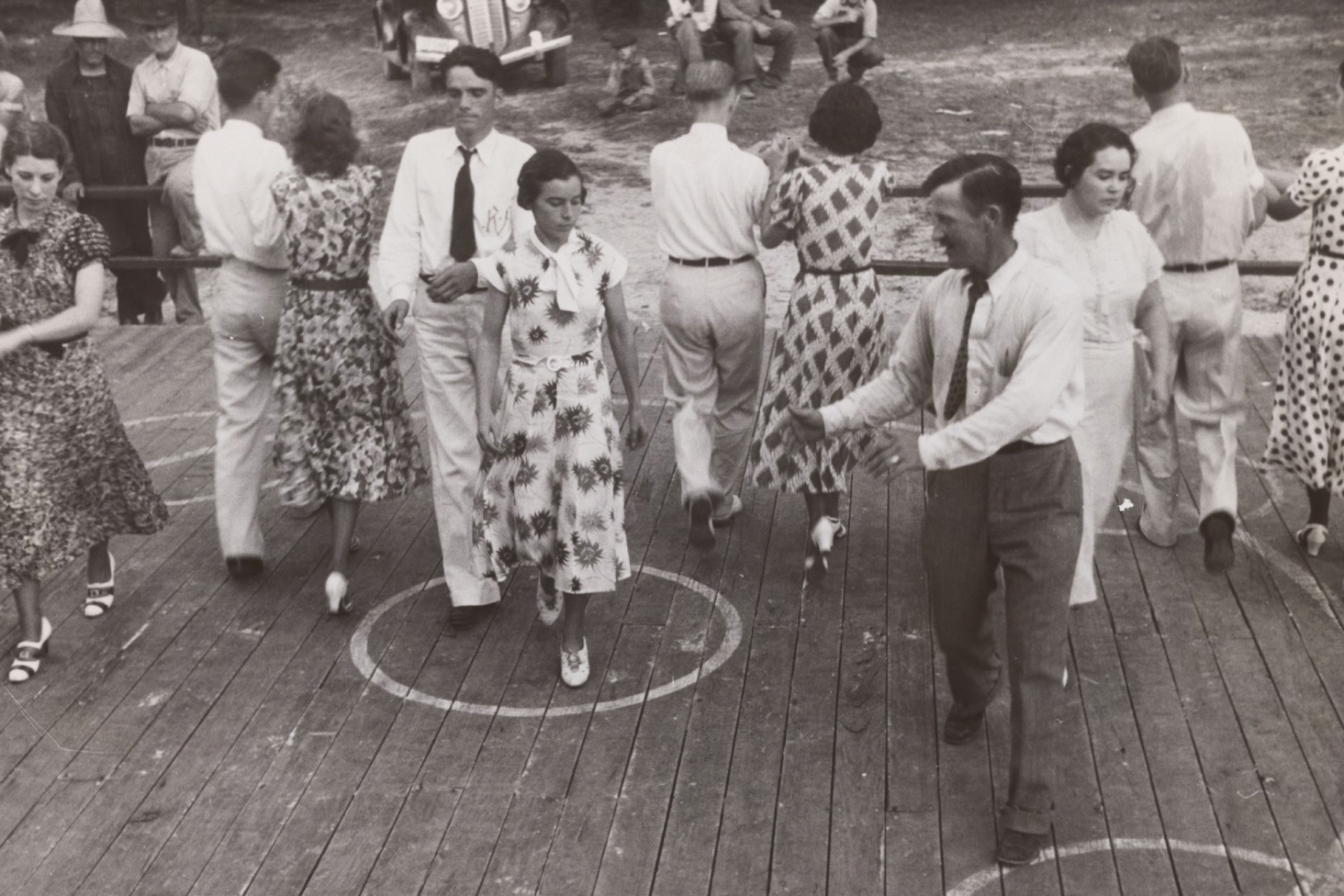Here are some context points on the author, setting, and structure of Harper Lee’s ‘To Kill A Mockingbird’. They are suitable for anyone studying the text at a higher level, from GCSE / high school and above, especially on the following exam boards: AQA, OCR, WJEC/ Eduqas, Edexcel, CCEA, CIE / Cambridge.
Thanks for reading! If you find this document useful, you can access the full course on ‘To Kill A Mockingbird’ (including more info on social, cultural, and historical context).
To Kill A Mockingbird: Summary Part One;
To Kill A Mockingbird: Summary Part Two.
THE AUTHOR:
Nell Harper Lee (1926–2016) was born in Monroeville, Alabama, she had two sisters and a brother. Her father was originally a bookkeeper (a type of accountant), but then he became a lawyer in 1915. Harper Lee herself was always known to be a highly private person, who didn’t enjoy being in the public eye; she gave away very little information about herself in interviews and articles. Scout is a semi-autobiographical character whose background and personality is very similar to Lee herself – so learning about Scout and her world is also a way of learning about Lee’s own upbringing and childhood.
Harper Lee also originally followed in her father’s footsteps: she studied law at the University of Alabama and briefly at Oxford University, England; but she left before completing the degree to move to New York and become a writer.
As well as Scout is based on herself, many other characters also have real-life counterparts, it is speculated that Boo Radley was based on an actual neighbor of Harper Lee’s, Atticus is also clearly based on her father. Dill Harris is also inspired by Truman Capote, Harper Lee’s childhood friend who also grew up to become a famous writer in New York (he wrote ‘Breakfast at Tiffany’s’, amongst other stories).
THE NOVEL:
Published 1960 but set in 1930, the book won the Pulitzer prize in 1961 and was made into a film in 1962. The title comes from a local belief in Alabama — that it is a sin to kill a mockingbird. Throughout the story, the motif of the mockingbird recurs throughout and it symbolizes innocence and purity.
Genre: Bildungsroman / social realism — the novel fits into several genres. Firstly it is a bildungsroman — a coming of age novel that depicts the youth of Scout as she matures from a small child into a sensible, well-balanced teenager. Her process of maturity is intended to be the same as the reader’s; as Scout learns valuable life lessons from Atticus and the sensible adults in town, as well as lessons about how not to behave from the more morally reprehensible characters.
This genre also blends with social realism — a type of writing that intended to accurately render the historical feeling of an exact time and place, especially with sociopolitical undertones.
The semi-autobiographical nature of ‘To Kill A Mockingbird’ means that Harper Lee uses it to comment on her own past experiences growing up in a small town in Alabama, the Deep South of the US.
She observes what is good and bad about the world around her, developing a sensitive and personal approach that is sympathetic towards black folk and people of all classes and backgrounds, judging people not by the colour of their skin or the extent of their wealth but instead by the content of their characters.
The novel exposes many inherent social problems within the fabric of American society — these are detailed further below in the ‘Historical Context’ section.
Circular structure — the novel begins where it ends, with a discussion of Jem’s broken arm and a depiction of the events which led to the arm being broken. This creates a neat structure to the narrative that makes it feel like a completed saga. Within the structure, the events follow a linear chronology — they occur in the same order as time passes, which gives a stronger sense of the process of maturity as we see the sequence of events that lead both Scout and Jem to mature as they grow older.
Thanks for reading! If you find this document useful, you can access the full course on ‘To Kill A Mockingbird’.












